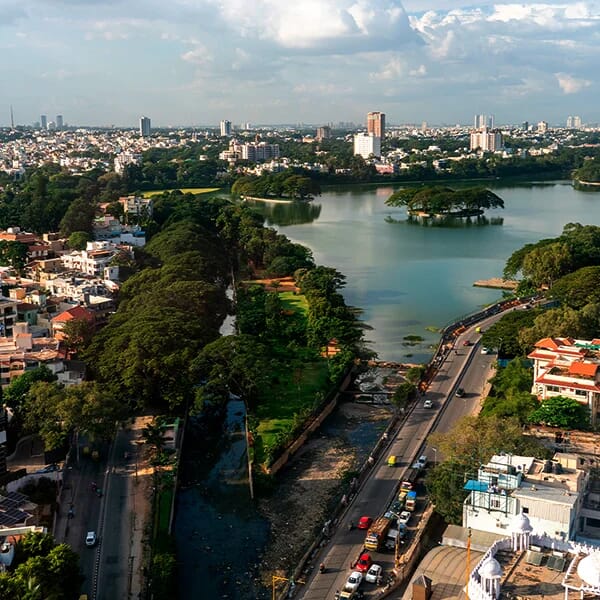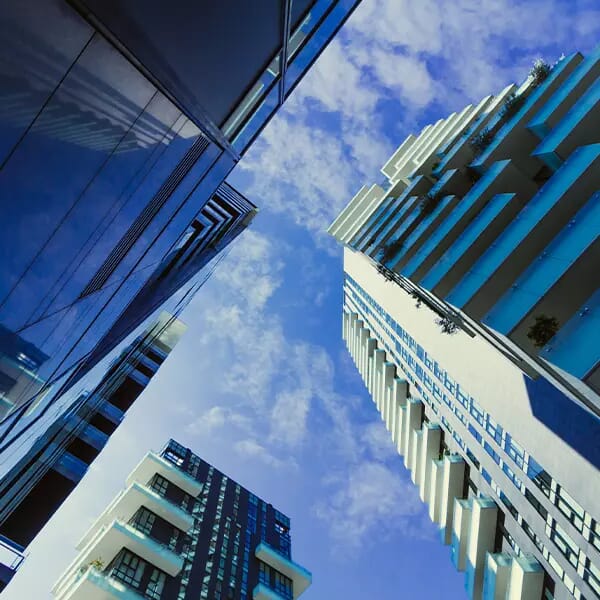 Credit: Planet Smart City
Credit: Planet Smart CitySusannah Stewart: From distress to opportunity through strategic sustainability
Planet Smart City’s Susannah Stewart reveals value and opportunities behind distressed assets by understanding the wider context
March 22, 2024Real Estate
Written by Helen Richards
Susannah Stewart is COO and Head of Innovation & Sustainability at Planet Smart City's newest division, Planet Forward, a strategic sustainability thinkubator and accelerator, “pioneering integrated approaches to inspire and mobilise changemakers to create more profitable impactful investments, future forward project concepts, community placemaking, and next generation innovation for proptech, contech, fintech, and martech.”
Planet Smart City is a leader in creating affordable housing communities in emerging markets, predominantly Brazil and India, with business units also dedicated to digitalisation and advisory services in developed markets.
Prior to moderating the Reincarnation session at the upcoming GRI Forum ‘RE Distress & Financing Opportunities’, Susannah sat down with the GRI content team to discuss her and Planet Forward’s perspective on distressed assets and the opportunities they bring.
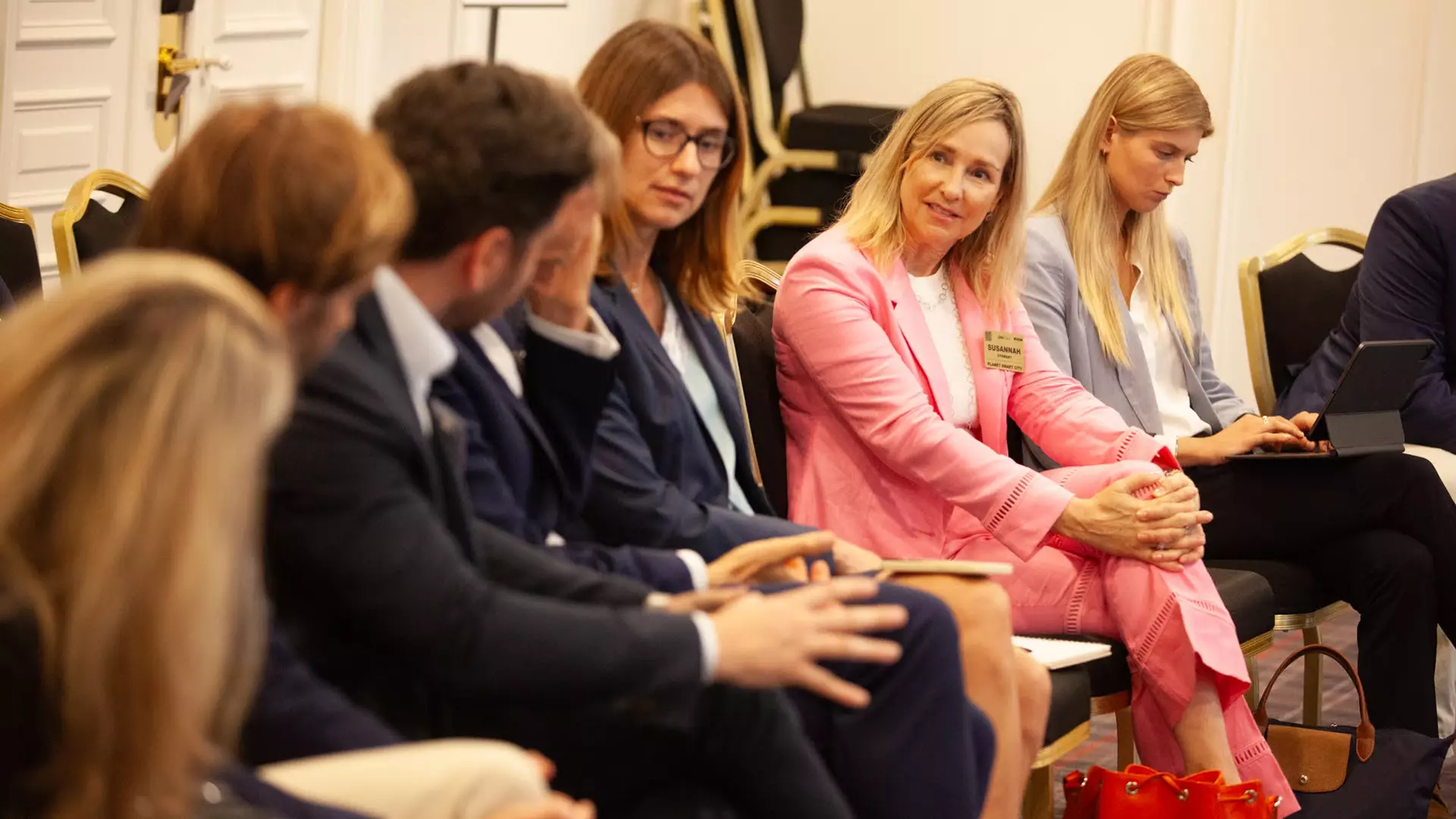
“Distressed assets - what are we talking about? Does distressed mean stranded, abandoned?” Susannah provokes. “It could refer to a building, a district, a neighbourhood, a village, or even sometimes a city itself.”
“We can also describe distressed assets as the occupiers or the desired occupiers of a building. Often community segments are left behind when cities and cityscapes move forward. They're left with this negative state of being when the assets reach an outright dysfunctional state. The dysfunctional brick and mortar leads to dysfunctional communities, which leads to dysfunctional families, citizens, industries, and so forth.”
“We look at how to identify, implement, and measure the greater outcomes that the wider community wants. Maybe it's mobility, health and wellness, quality education, retail or commercial offering, local job opportunities, or maybe it’s reduced commute times. Anything that might truly create places that matter. These are not just places where people work, shop, and live, but where they actually thrive.”
“Often you look at a distressed asset, and it needs an innovation upgrade for mere compliance. But you can also find a non-distressed asset which becomes distressed because they put in so much proptech that nobody knows how to use it or integrate it, or it prices itself out of the market.”
“It's great when your occupants are digital natives and systems integration can easily drive the efficiencies you want, but you also need to look at things like digital naturalisation. Concepts like gamification, digital storytelling, and AI can help drive necessary digital transformation that will help to revive assets or give them a new life sooner rather than later. It's looking at that fine line between relevant and redundant, or realistic or resource-heavy.”
“You look at not only the brick and mortar elements, but also the surrounding and supporting ecosystems. This is not a traditional audit, it needs to be undertaken by a cross-functional team of designers, architects, strategists, and social philanthropists.”
“It’s interesting to look at both the opportunities that could be captured, and the risks that must be mitigated. You consider things like city outcomes and how they can open up strategic concepts that maybe weren't originally considered for that property. Or maybe you return to resurrecting a historical use for which the property was originally intended.”
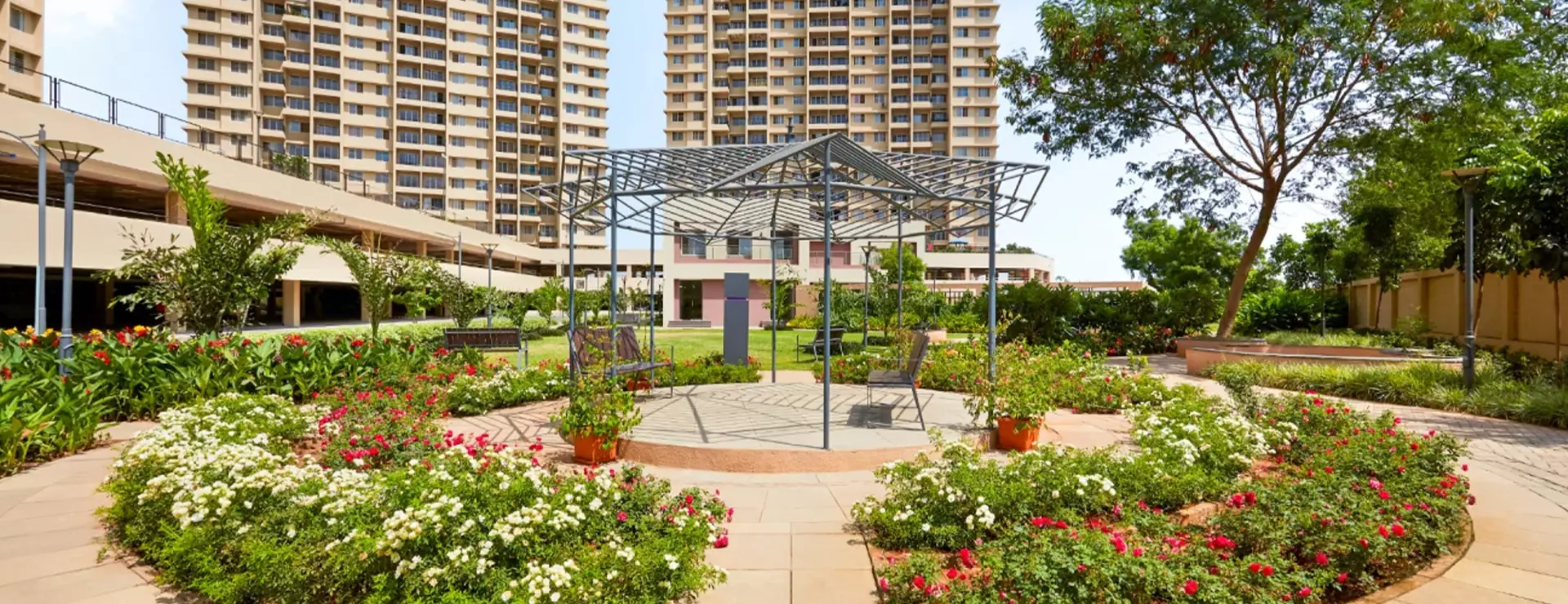
“For example, a retail asset that was maybe a bit of a sketchy grocery store; for more positive placemaking, we create a community garden that has much more use, helps drive health and wellness, and creates a safer and greener place where people come together and co-create new ways to address food insecurities.”
“When you look at ideation around distressed assets, it's what I refer to as the “math of meaningfulness”. Think about one plus one; to me it does not equal two, it equals eleven. That's all about perspective. What we're seeing is what is possible, not just what some remember was there in the past, or what's there in the present. What is possible when considering integrated strategy: utility, feasibility, viability, technology, and ultimately, sustainability and profitability?”
“And all those insights accelerate the path towards the desired impact. So, how do we get a clear value of what all this brings together?”
“ROA - instead of return on asset, maybe it's return on accessibility. How are people getting to and into your asset? How do you make your asset more open and welcoming to people with disabilities?”
“ROC is usually return on capital; what about return on character? Do people want to be there? Because if your building (and business) character is welcoming, trustworthy, transparent, and instils a sense of belongingness, you're going to get your return on capital.”
“Similarly, it can be driving efficiencies in your building management. How can new green materials or methods help drive better value from an engaging UX perspective? Or what creative business model can take a distressed asset and turn it into an apartment-as-a-service, where you can migrate CapEx to OpEx?”
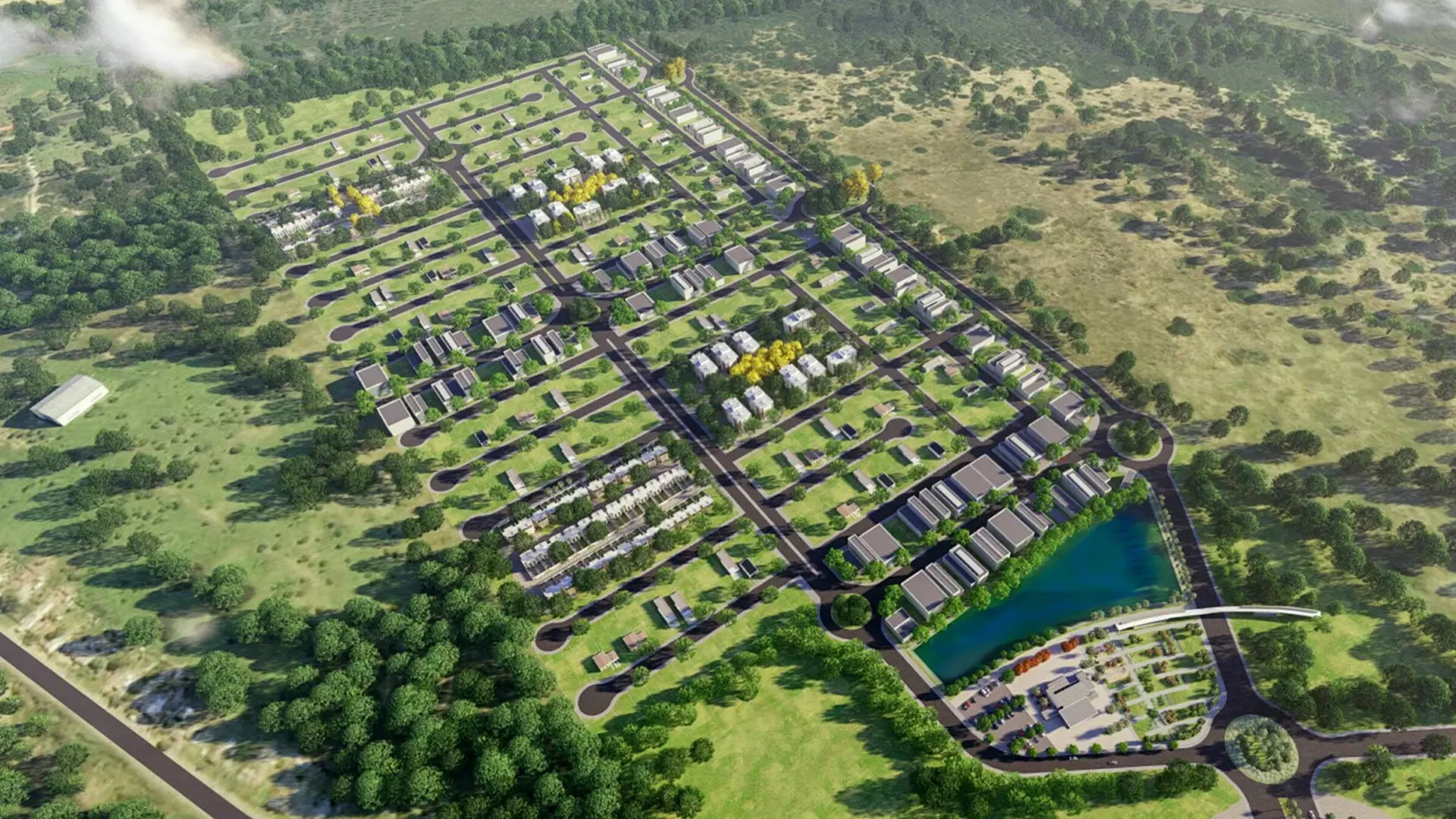
“It's looking at the context of where that distressed asset is and what else is missing. A third of the City of London is empty and may never recover to be fully populated. At the same time, the majority of people that work in the city have horrendous commutes every day. How do we take that and harmonise the concept of “office+” (plus residential for example) in a new format that might work better?”
“People want to be in places that matter and spaces that make them feel good. When we say a certain asset class is gone, that's not true, because if somebody created really cool offices that drive an amazing office culture, everybody would be clamouring up to work for that business.”
“At the same time, when we start looking at people living longer but maybe needing more hospice-type care. They don't need a hospital, but they also can't stay in a traditional residential complex by themselves. How can we make some really homey and healing spaces where the occupants may not need or want to get out beyond the borders of that asset?”
“It's not necessarily taking an asset class, but it's taking an asset and figuring out what its character is. When I look at the opportunity, I see opportunity in the business model, in the approach, in the design, and in the use, not just opportunity in where you put your investment.”
“You're always going to have your institutional investors that want stable returns, but there are those that understand that the world isn't stable anymore. The sooner somebody gets on that bandwagon the better. Find a risk profile that's moderated but has agility, where you can pivot if there's another pandemic or some big opportunity. We can take modularity of thought and space, and turn it into something else that's meaningful and matters for the next community - essentially conducting sustainability master planning.”
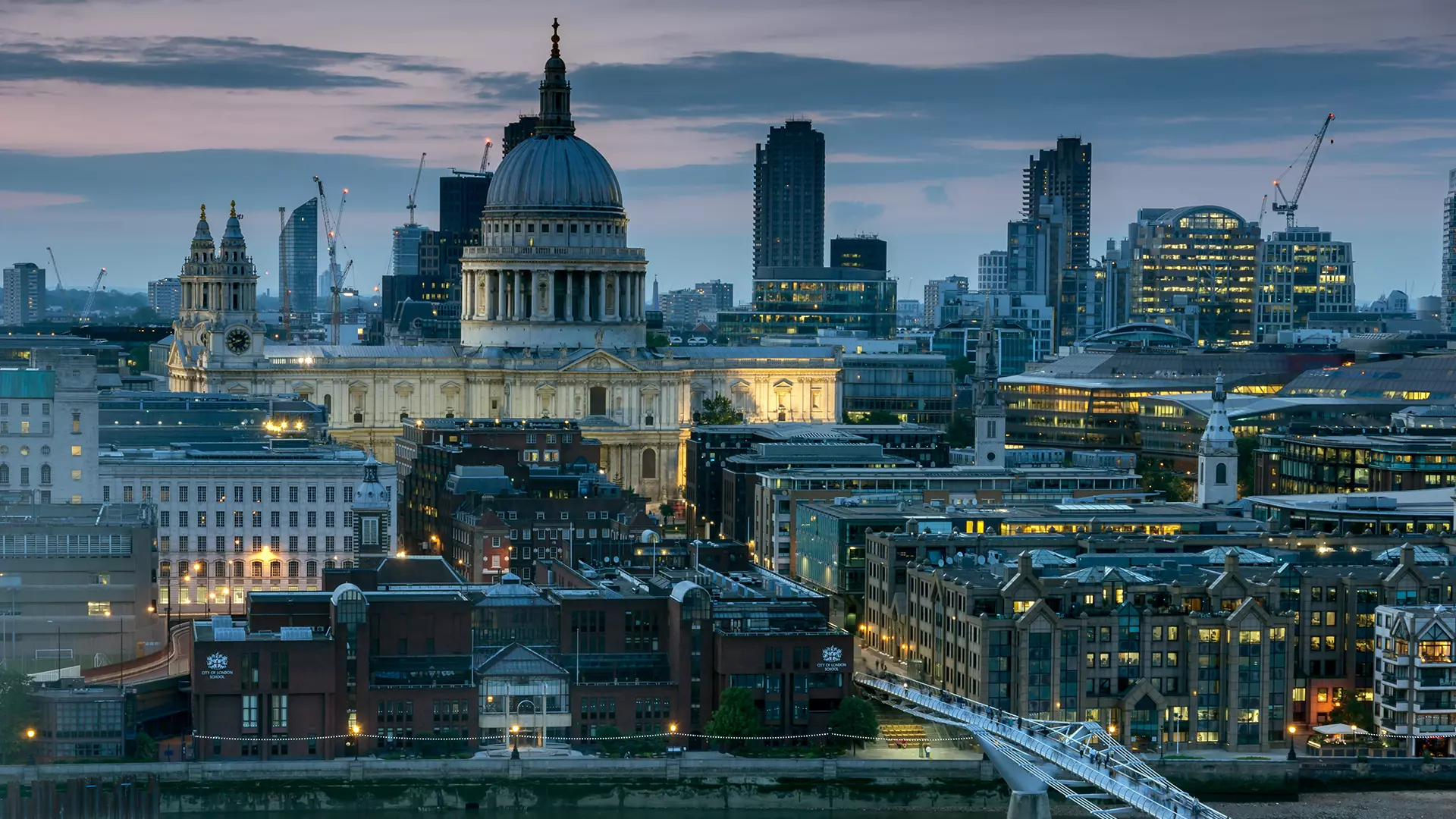
“Maybe if we look at what it was in the past and see its evolution, we’ll get insight into its next life. One of the beauties about reincarnation in Buddhist philosophy is that every life involves learning and transcending limits and difficulties.”
“So the next life's go-round will inherently start off as something better. The questions become: Do we completely reincarnate what the city is, and make it something better and totally different? Do we repurpose it and maybe change it up into a mixed use model? Do we revitalise it and align with evolving present-day needs, but a little bit of a different approach - somewhat lipstick on a pig? You don't need lipstick on the pig, but it may look better and it may make people feel good, or the pig feel good, whilst you figure out what’s next for the long term.”
“So much has happened in real estate so quickly in the last couple of decades, with so much money going in and people building things so quickly with a homogenised rally towards certification, that they weren't necessarily always built with thought in mind about how they will evolve. It was more a case of ‘here's an entity and this entity is going to be here forever.’”
“Now with sustainability - and I'm not talking ESG, I'm talking true, strategic sustainability - real estate must meet the needs of the people who are using it, and have the ability to fund itself, generate returns, and create prosperity.”
“There are three types of opportunity: opportunity capture, opportunity creation, and opportunity cost. We need to ensure that distressed real estate assets no longer fall under the third definition.”
Join the conversation at GRI Forum ‘RE Distress & Financing Opportunities on April 17 in London, where Susannah will be moderating the Reincarnation session.

Susannah Stewart is COO and Head of Innovation & Sustainability at Planet Smart City's newest division, Planet Forward, a strategic sustainability thinkubator and accelerator, “pioneering integrated approaches to inspire and mobilise changemakers to create more profitable impactful investments, future forward project concepts, community placemaking, and next generation innovation for proptech, contech, fintech, and martech.”
Planet Smart City is a leader in creating affordable housing communities in emerging markets, predominantly Brazil and India, with business units also dedicated to digitalisation and advisory services in developed markets.
Prior to moderating the Reincarnation session at the upcoming GRI Forum ‘RE Distress & Financing Opportunities’, Susannah sat down with the GRI content team to discuss her and Planet Forward’s perspective on distressed assets and the opportunities they bring.

“These are not just places where people work, shop, and live, but where they actually thrive.” (Credit: GRI Club)
“Distressed assets - what are we talking about? Does distressed mean stranded, abandoned?” Susannah provokes. “It could refer to a building, a district, a neighbourhood, a village, or even sometimes a city itself.”
“We can also describe distressed assets as the occupiers or the desired occupiers of a building. Often community segments are left behind when cities and cityscapes move forward. They're left with this negative state of being when the assets reach an outright dysfunctional state. The dysfunctional brick and mortar leads to dysfunctional communities, which leads to dysfunctional families, citizens, industries, and so forth.”
Community
“Distress often becomes an opportunity for us. A distressed area doesn’t have what it needs to make a thriving community - be it residential, business, or even education or tourism. That's where we look at things with this harmonised approach between innovation and creating a sense of placemaking, and the opportunities to be engaged in - either with the building (the prop tech that might be in that building), the occupants (gamification to enhance their experience with the property), or even the surrounding districts and neighbourhoods.”“We look at how to identify, implement, and measure the greater outcomes that the wider community wants. Maybe it's mobility, health and wellness, quality education, retail or commercial offering, local job opportunities, or maybe it’s reduced commute times. Anything that might truly create places that matter. These are not just places where people work, shop, and live, but where they actually thrive.”
Innovation & Technology
“Another consideration is agility. Society and the future is always changing, and buildings need to be able to easily change along with it. Innovation helps drive that usability, and data brings insights and meaningful metrics, so we can extend impact to more than just a subset of the population.”“Often you look at a distressed asset, and it needs an innovation upgrade for mere compliance. But you can also find a non-distressed asset which becomes distressed because they put in so much proptech that nobody knows how to use it or integrate it, or it prices itself out of the market.”
“It's great when your occupants are digital natives and systems integration can easily drive the efficiencies you want, but you also need to look at things like digital naturalisation. Concepts like gamification, digital storytelling, and AI can help drive necessary digital transformation that will help to revive assets or give them a new life sooner rather than later. It's looking at that fine line between relevant and redundant, or realistic or resource-heavy.”
How can we find opportunity in distress?
Step 1: Gemba
“First and foremost, you undertake a gemba, or an adequate assessment to really identify the context and the culture. Gemba is a Japanese term that means “actual place”. It's used for any place where value creation occurs. You do a gemba on an asset in order to understand where the latent opportunity is in it.”“You look at not only the brick and mortar elements, but also the surrounding and supporting ecosystems. This is not a traditional audit, it needs to be undertaken by a cross-functional team of designers, architects, strategists, and social philanthropists.”
“It’s interesting to look at both the opportunities that could be captured, and the risks that must be mitigated. You consider things like city outcomes and how they can open up strategic concepts that maybe weren't originally considered for that property. Or maybe you return to resurrecting a historical use for which the property was originally intended.”

“It's looking at the context of where that distressed asset is and what else is missing.” (Credit: Planet Smart City)
Step 2: Ideation and Placemaking
“Secondly, you ideate around that, conducting strategic envisioning, which also embraces the complexity of unknowns. We consider what this building or this place was in the past, how it is functional and dysfunctional in the present, and what the potential possibilities are for positive placemaking.”“For example, a retail asset that was maybe a bit of a sketchy grocery store; for more positive placemaking, we create a community garden that has much more use, helps drive health and wellness, and creates a safer and greener place where people come together and co-create new ways to address food insecurities.”
“When you look at ideation around distressed assets, it's what I refer to as the “math of meaningfulness”. Think about one plus one; to me it does not equal two, it equals eleven. That's all about perspective. What we're seeing is what is possible, not just what some remember was there in the past, or what's there in the present. What is possible when considering integrated strategy: utility, feasibility, viability, technology, and ultimately, sustainability and profitability?”
Step 3: Implementation & Monetisation
“After you have identified the possibilities and prioritised their investment, you implement the projects, looking at where there are opportunities to incorporate new materials, new technologies, new construction processes, and new monetisation methods. Maybe it's monetising not just the brick and mortar, or the land space, but the actual users of that space themselves.”“And all those insights accelerate the path towards the desired impact. So, how do we get a clear value of what all this brings together?”
Step 4: Asset Value
“That brings me to the fourth and final step, ascribing the asset’s value. Traditionally it’s about returns - normally it’s ROI, the return on your investment. Can that be flipped to look at the return on innovation? Perhaps the investment itself is something different; it's catalytic capital. It could be an innovative business model, an innovative application, an innovative monetisation method harmonising tradeoffs between tangibles and intangibles.”“ROA - instead of return on asset, maybe it's return on accessibility. How are people getting to and into your asset? How do you make your asset more open and welcoming to people with disabilities?”
“ROC is usually return on capital; what about return on character? Do people want to be there? Because if your building (and business) character is welcoming, trustworthy, transparent, and instils a sense of belongingness, you're going to get your return on capital.”
“Similarly, it can be driving efficiencies in your building management. How can new green materials or methods help drive better value from an engaging UX perspective? Or what creative business model can take a distressed asset and turn it into an apartment-as-a-service, where you can migrate CapEx to OpEx?”

“The opportunity is thinking differently.” (Credit: Planet Smart City)
Where are the best opportunities?
“The opportunity is in the greater sense of the word itself. This is precisely what Planet Forward was brought into existence to do. The opportunity is thinking differently. It is that strategic envisioning or the strategic sustainability to look at things from many different angles, and ideate how individual assets can be reincarnated or revitalised with the flexibility to be many different things to many different people as they morph and grow.”“It's looking at the context of where that distressed asset is and what else is missing. A third of the City of London is empty and may never recover to be fully populated. At the same time, the majority of people that work in the city have horrendous commutes every day. How do we take that and harmonise the concept of “office+” (plus residential for example) in a new format that might work better?”
“People want to be in places that matter and spaces that make them feel good. When we say a certain asset class is gone, that's not true, because if somebody created really cool offices that drive an amazing office culture, everybody would be clamouring up to work for that business.”
“At the same time, when we start looking at people living longer but maybe needing more hospice-type care. They don't need a hospital, but they also can't stay in a traditional residential complex by themselves. How can we make some really homey and healing spaces where the occupants may not need or want to get out beyond the borders of that asset?”
“It's not necessarily taking an asset class, but it's taking an asset and figuring out what its character is. When I look at the opportunity, I see opportunity in the business model, in the approach, in the design, and in the use, not just opportunity in where you put your investment.”
Do you see pushback from more traditional real estate market players?
“I'm really surprised how many people ask for meetings with us to look at positive placemaking possibilities. I see a lot of family offices, with the change of generation, that want to do things differently. They want to create their own legacy, especially because they're a family; they've got a name behind it, and they want to be known for something different, something meaningful that lasts, which is precisely strategic sustainability.”“You're always going to have your institutional investors that want stable returns, but there are those that understand that the world isn't stable anymore. The sooner somebody gets on that bandwagon the better. Find a risk profile that's moderated but has agility, where you can pivot if there's another pandemic or some big opportunity. We can take modularity of thought and space, and turn it into something else that's meaningful and matters for the next community - essentially conducting sustainability master planning.”

“Real estate must meet the needs of the people that are using it.” (Credit: Stoyan Haytov | Adobe Stock)
How can we reinvent the unoccupied spaces in central London?
“It’s difficult because the City was started for banking, and now banking is predominantly conducted electronically, so you don't need people in branches all day.”“Maybe if we look at what it was in the past and see its evolution, we’ll get insight into its next life. One of the beauties about reincarnation in Buddhist philosophy is that every life involves learning and transcending limits and difficulties.”
“So the next life's go-round will inherently start off as something better. The questions become: Do we completely reincarnate what the city is, and make it something better and totally different? Do we repurpose it and maybe change it up into a mixed use model? Do we revitalise it and align with evolving present-day needs, but a little bit of a different approach - somewhat lipstick on a pig? You don't need lipstick on the pig, but it may look better and it may make people feel good, or the pig feel good, whilst you figure out what’s next for the long term.”
“So much has happened in real estate so quickly in the last couple of decades, with so much money going in and people building things so quickly with a homogenised rally towards certification, that they weren't necessarily always built with thought in mind about how they will evolve. It was more a case of ‘here's an entity and this entity is going to be here forever.’”
“Now with sustainability - and I'm not talking ESG, I'm talking true, strategic sustainability - real estate must meet the needs of the people who are using it, and have the ability to fund itself, generate returns, and create prosperity.”
“There are three types of opportunity: opportunity capture, opportunity creation, and opportunity cost. We need to ensure that distressed real estate assets no longer fall under the third definition.”
Join the conversation at GRI Forum ‘RE Distress & Financing Opportunities on April 17 in London, where Susannah will be moderating the Reincarnation session.


